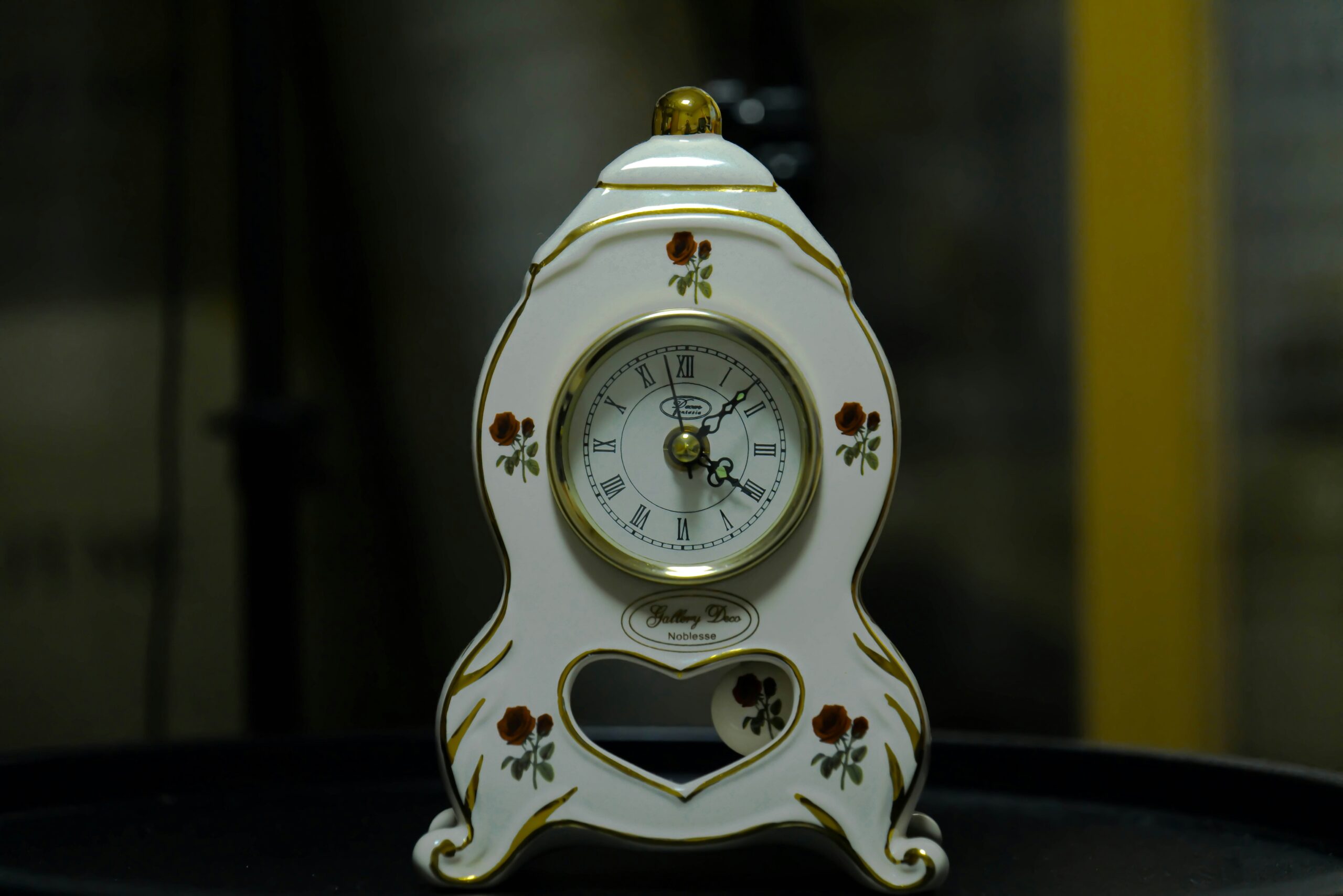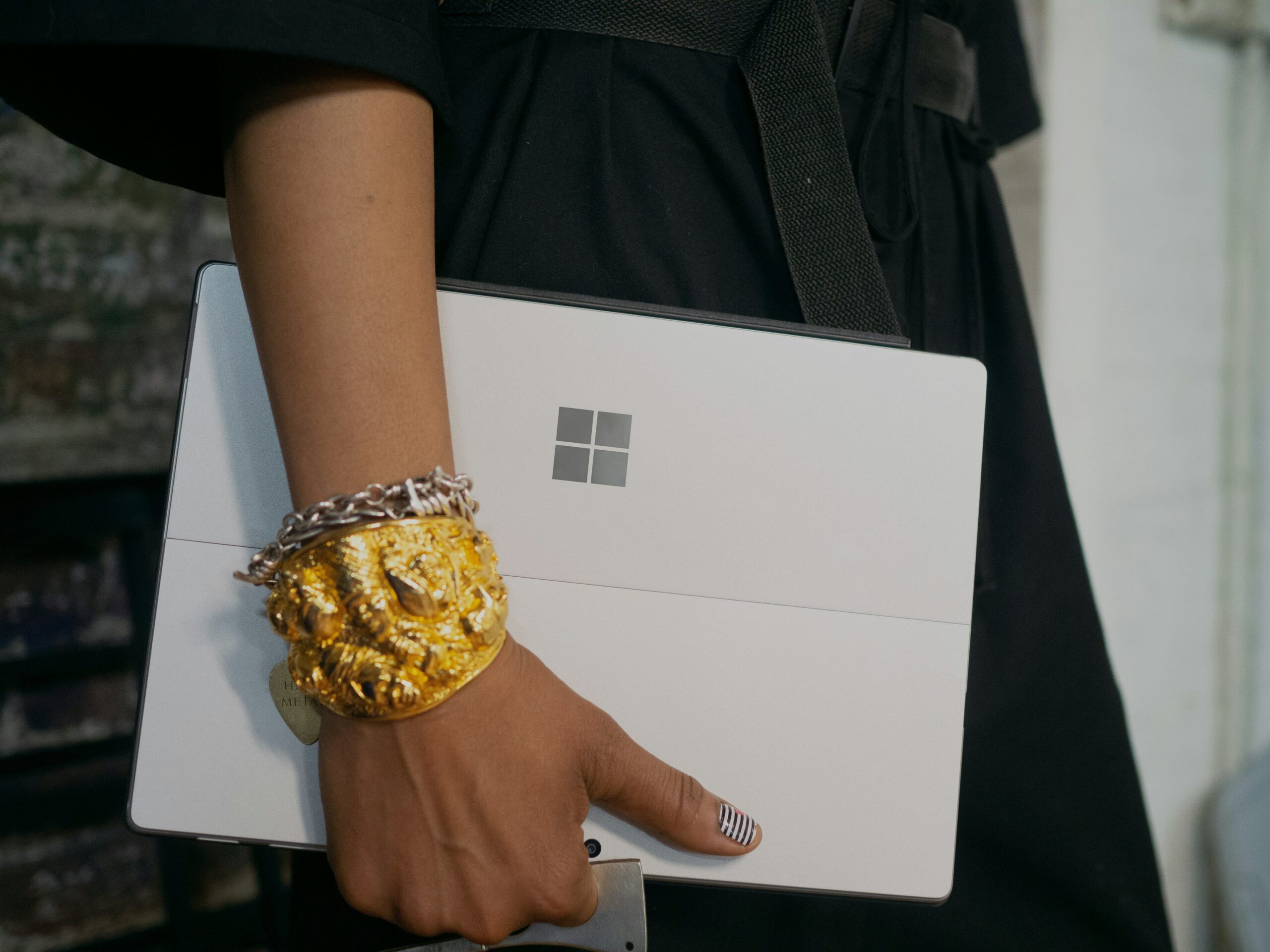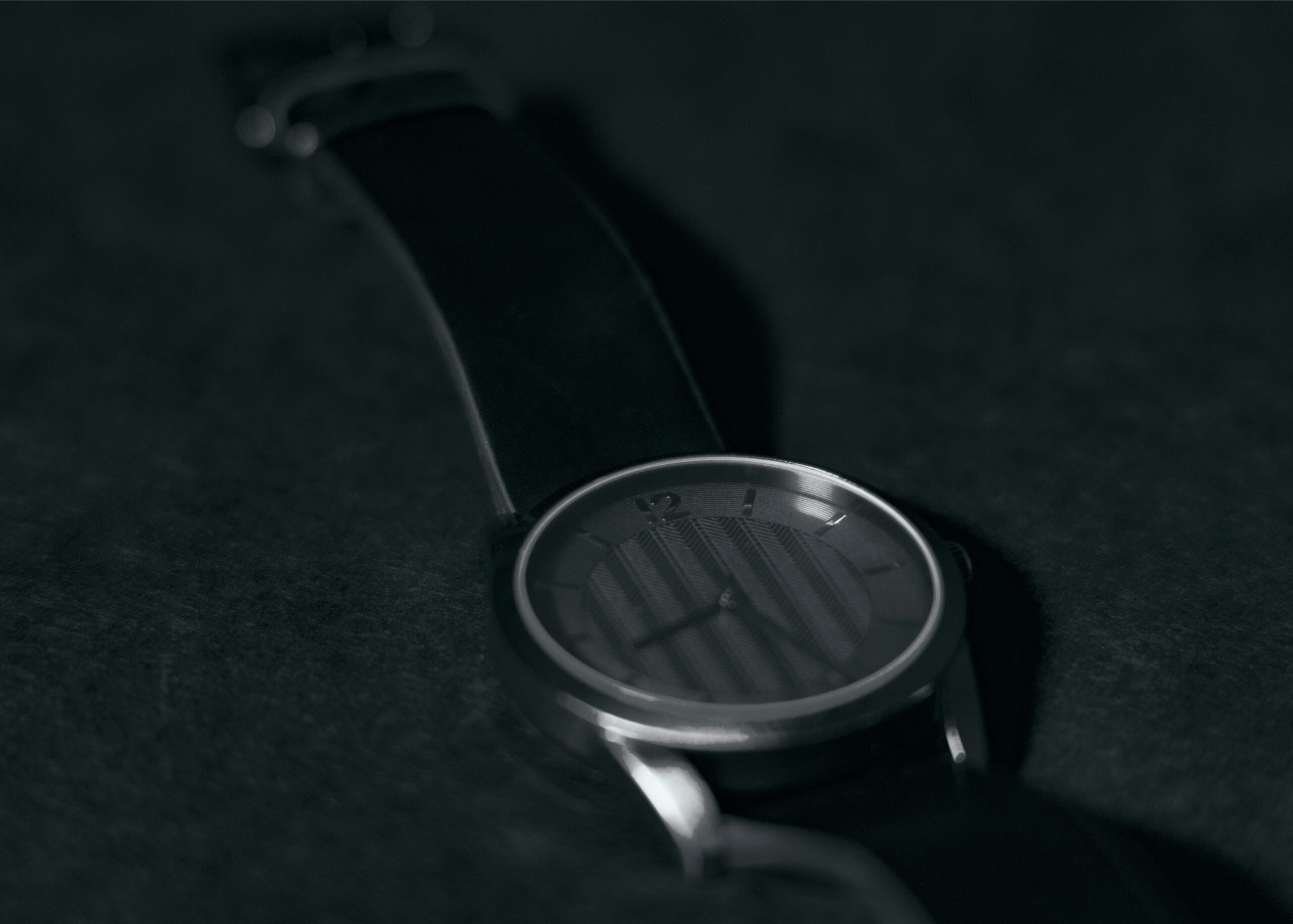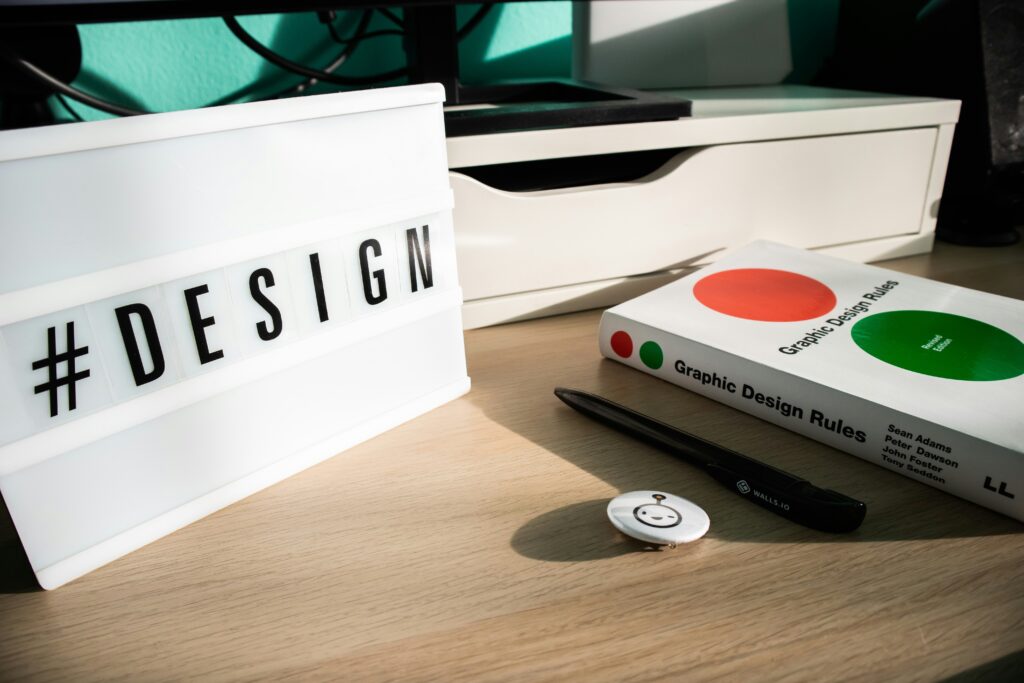Ever stared at your scratched-up watch and thought, “There has to be a better material out there?” Well, you’re in luck. Ceramic watches are revolutionizing fashion tech with their sleek design and unmatched durability. But what makes them tick (pun intended)? Buckle up—this guide will dive deep into the science, benefits, and quirks of ceramic watches so you can decide if they’re worth the hype.
Table of Contents
- Key Takeaways
- Why Ceramic Watches Matter in Fashion Tech
- How to Pick the Right Ceramic Watch for You
- The Pros & Cons of Ceramic Watches
- Best Ceramic Watches on the Market Today
- FAQs About Ceramic Watches
Key Takeaways
- Ceramic is lightweight yet incredibly durable, making it perfect for everyday wear.
- It offers scratch resistance superior to stainless steel or titanium but isn’t completely indestructible.
- Not all ceramics are created equal; zirconia and alumina are the top materials used in luxury timepieces.
- While stunning, some ceramic watches may chip under extreme pressure—a fact often glossed over by brands.
Why Ceramic Watches Matter in Fashion Tech

Let me start with a confession: I once dropped my shiny $500 metal watch because, well, I’m clumsy. The scratches were brutal. That’s when I discovered ceramic, and let me tell you—it’s a game-changer.
Grumpy Optimist Dialogue:
Optimist You:* “Imagine never worrying about scratches again!”
Grumpy You:* “Yeah, yeah—until you crack it trying to open a jar.”
In simple terms, ceramic watches combine beauty and brawn. Made from advanced compounds like zirconium oxide (zirconia) or aluminum oxide (alumina), these pieces resist corrosion, fading, and scratching far better than traditional metals. Plus, they look sharp enough to make any outfit pop—from casual jeans to black-tie events.
Are They Worth It?
If you’re someone who values longevity and minimal maintenance, yes. But here’s the rant: Brands love throwing around buzzwords like “scratch-proof,” which is technically true—but only until you smash one against concrete. More on that later.
How to Pick the Right Ceramic Watch for You
Step 1: Assess Durability Needs
Ask yourself: Do I baby my accessories, or do I live an active lifestyle? High-grade zirconia ceramics boast excellent fracture toughness, meaning they’ll handle bumps better than cheaper alternatives.
Step 2: Evaluate Color Stability
Unlike painted finishes, ceramic retains its color permanently thanks to pigments fused during manufacturing. Love white? Go for zirconia. Want bold hues? Alumina delivers vibrant options without fading.
Step 3: Check Weight Preferences
Sounds crazy, but weight matters. Compared to heavy stainless steel models, ceramic feels featherlight—an absolute win for comfort nerds like me. *Whirrrr,* whispers my wrist after swapping out bulky watches.
Quick Tip:
Avoid generic knockoffs labeled “ceramic” that lack proper certification—they tend to shatter at the first sign of trouble.
The Pros & Cons of Ceramic Watches
| Pros | Cons |
|---|---|
| Lightweight and comfortable | Brittle under extreme force |
| Hypoallergenic properties | Limited repair options |
| Premium aesthetic and finish | Higher upfront cost |
Alternative text: A comparison table listing pros and cons of ceramic material in watches.
“Ugh, Fine—but Only If Coffee’s Involved”
Look, no product is perfect. While ceramic ticks off most wishlist items, remember this terrible tip: Don’t expect perfection. Even the best ceramic watch won’t survive being run over by a car (don’t ask how I know).
Best Ceramic Watches on the Market Today

Here’s where things get juicy:
- Rado True Thinline: Thin as a credit card, yet tough enough to rival Superman.
- Omega Speedmaster Dark Side of the Moon: Space-worthy style meets stellar performance.
- Chanel J12: A fashion icon wrapped in gleaming ceramic goodness.
Pro Tip:
If budget allows, stick to reputable brands like Rado or Omega. Their R&D ensures top-tier quality.
FAQs About Ceramic Watches
Are ceramic watches safe for sensitive skin?
Totally! Most high-quality ceramics are hypoallergenic, unlike nickel-plated metals.
Can ceramic watches break?
Yes, though rare. Extreme impacts can cause chips or cracks. Handle with care!
Do ceramic watches hold their value?
Not always. Unlike gold or platinum, resale markets for ceramics remain niche.
Conclusion
We’ve covered why ceramic watches dominate wearable technology trends, broken down selection steps, explored pros and cons, and showcased standout models. Whether you’re upgrading your wardrobe or exploring cutting-edge tech, ceramic could be your next obsession.
So, will you take the leap into the world of ceramic watches?
Like a Tamagotchi, your SEO needs daily care.


